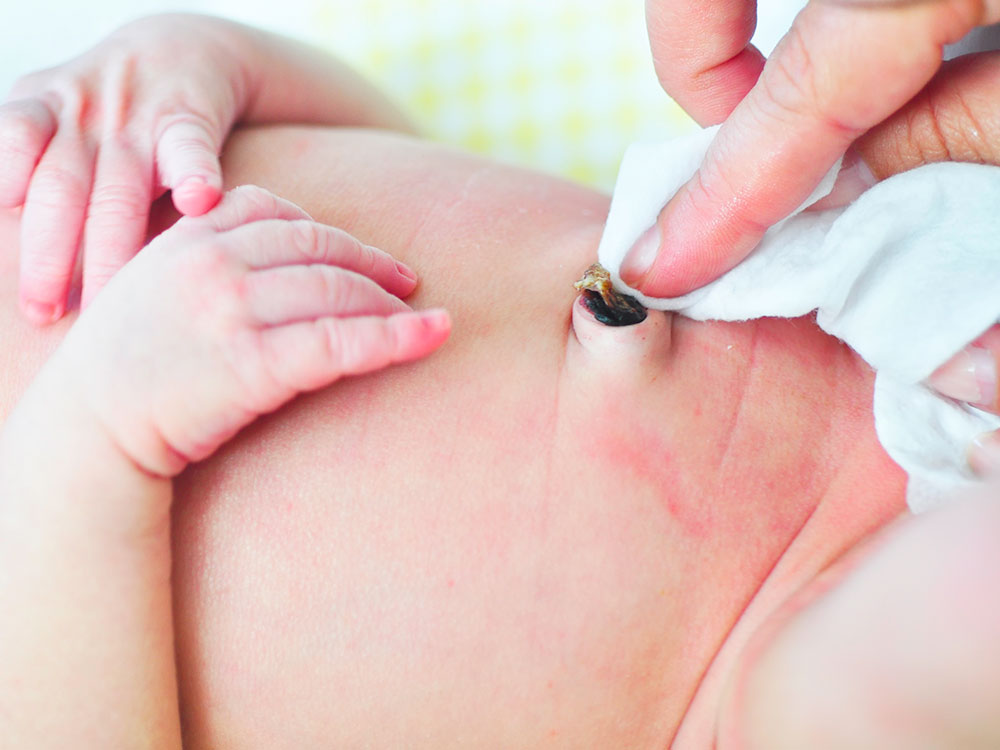
Belly Button Baby Care: A Comprehensive Guide for Parents
The belly button, also known as the umbilicus, is a fascinating and important part of a baby’s anatomy. It is the remnant of the umbilical cord, which connected the baby to the placenta during pregnancy. After birth, the umbilical cord is clamped and cut, leaving behind a small stump that eventually dries up and falls off.
Proper belly button care is essential to prevent infection and promote healing. Here is a comprehensive guide to help parents care for their baby’s belly button:
1. Keep the Belly Button Clean and Dry
- Gently clean the belly button with a cotton ball or gauze moistened with warm water.
- Avoid using soap or alcohol, as these can irritate the skin.
- Pat the belly button dry with a clean towel.
- Keep the belly button exposed to air as much as possible to promote drying.
2. Watch for Signs of Infection
- Redness
- Swelling
- Drainage
- Foul odor
- Fever
If you notice any of these signs, contact your pediatrician immediately.
3. Avoid Touching or Picking at the Belly Button
- This can introduce bacteria and increase the risk of infection.
- If the belly button stump is still attached, do not pull or cut it. It will fall off on its own within a few weeks.
4. Use a Belly Button Band
- A belly button band can help keep the belly button clean and dry.
- Place the band over the belly button and secure it with Velcro or snaps.
- Change the band daily or as needed.
5. Avoid Bathing the Baby in a Tub
- Until the belly button stump falls off, avoid bathing the baby in a tub.
- Instead, give the baby sponge baths or use a baby wipe to clean the body.
6. Use a Warm Compress
- If the belly button stump is not drying up or is causing discomfort, apply a warm compress to the area.
- Soak a washcloth in warm water and place it over the belly button for 10-15 minutes.
- Repeat several times a day as needed.
7. Massage the Belly Button
- Gently massage the belly button in a circular motion to help it dry up and fall off.
- Do this several times a day for a few minutes.
8. When to Call the Doctor
- If the belly button stump is not dry and falling off within 3-4 weeks
- If there are signs of infection (redness, swelling, drainage, foul odor, fever)
- If the belly button is bleeding or oozing
- If the baby is in pain or discomfort
Additional Tips:
- Use only clean, sterile materials when caring for the belly button.
- Wash your hands thoroughly before and after touching the belly button.
- Avoid using harsh chemicals or detergents on the belly button area.
- If you have any concerns about your baby’s belly button, do not hesitate to contact your pediatrician.
Conclusion
Proper belly button care is essential for the health and well-being of your baby. By following these guidelines, you can help prevent infection and promote healing. Remember to keep the belly button clean and dry, watch for signs of infection, and avoid touching or picking at it. If you have any concerns, do not hesitate to contact your pediatrician.
